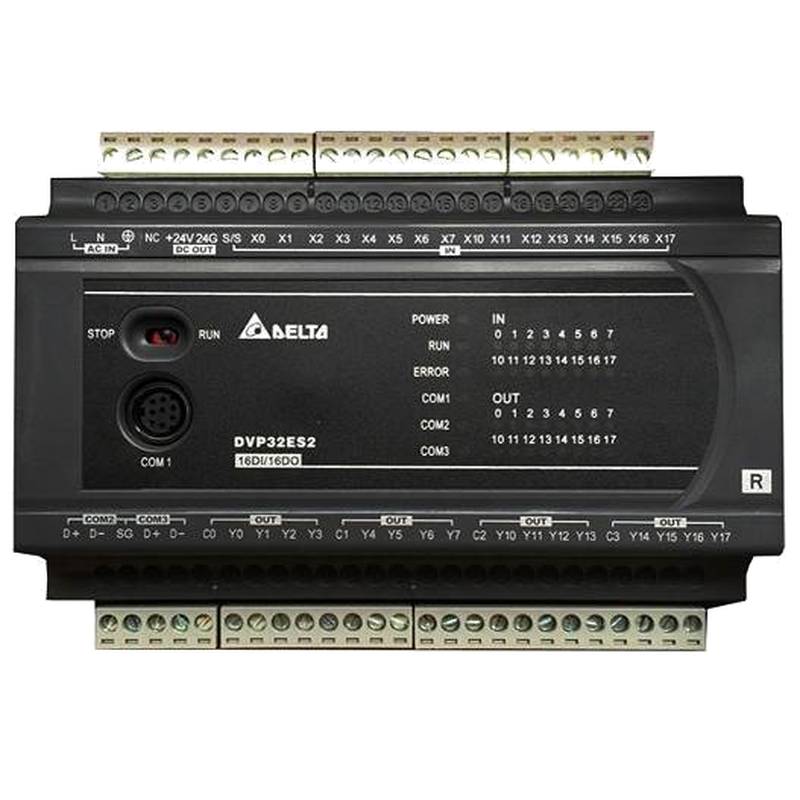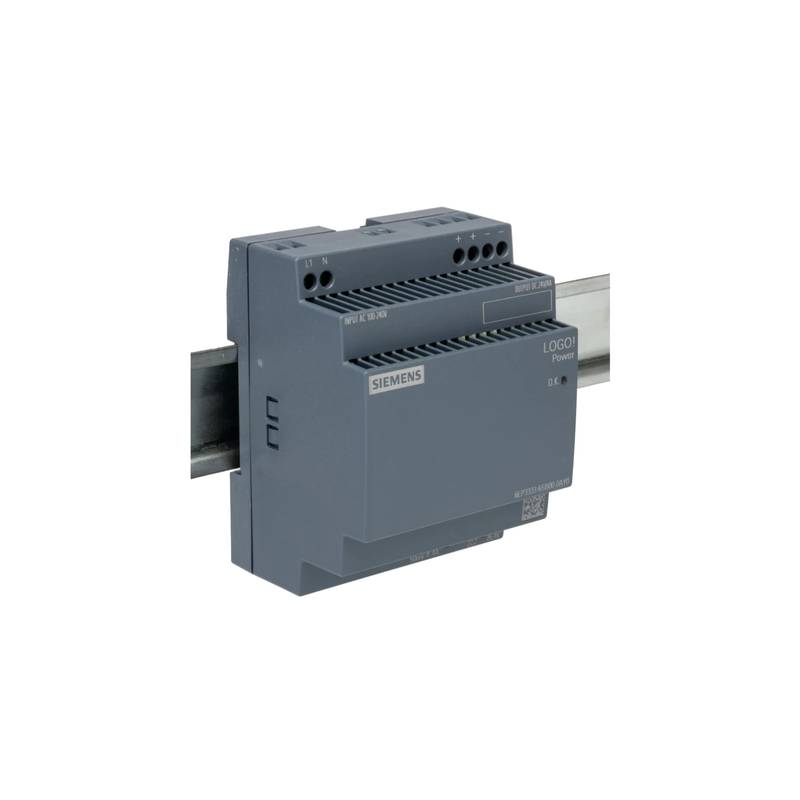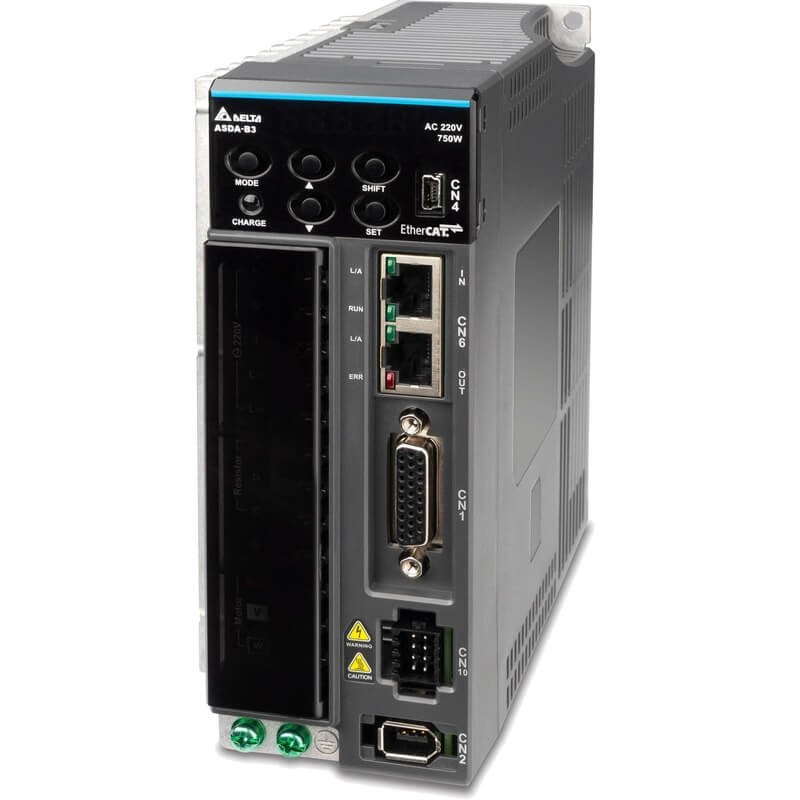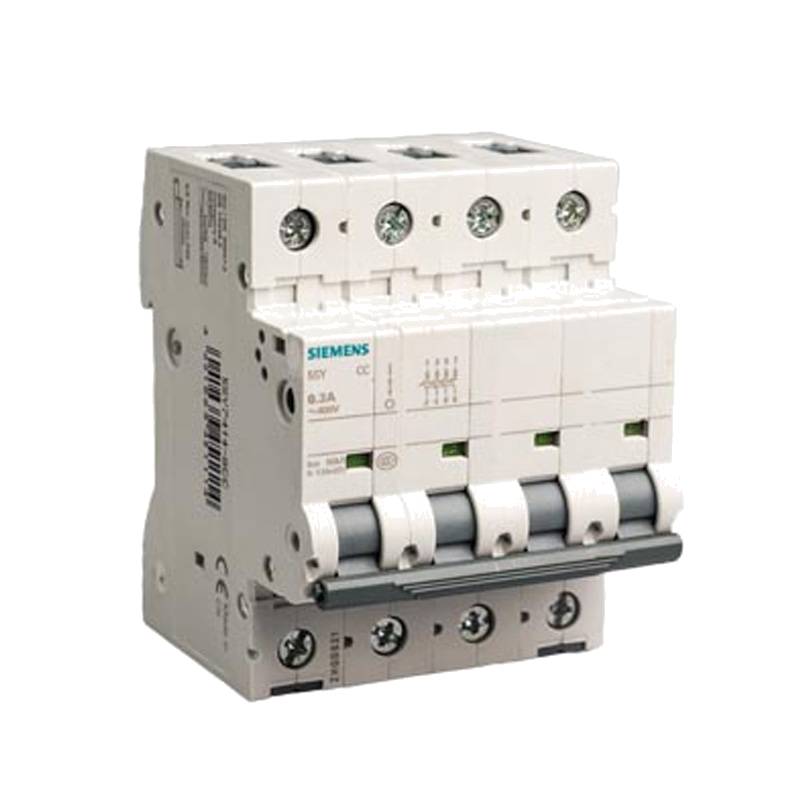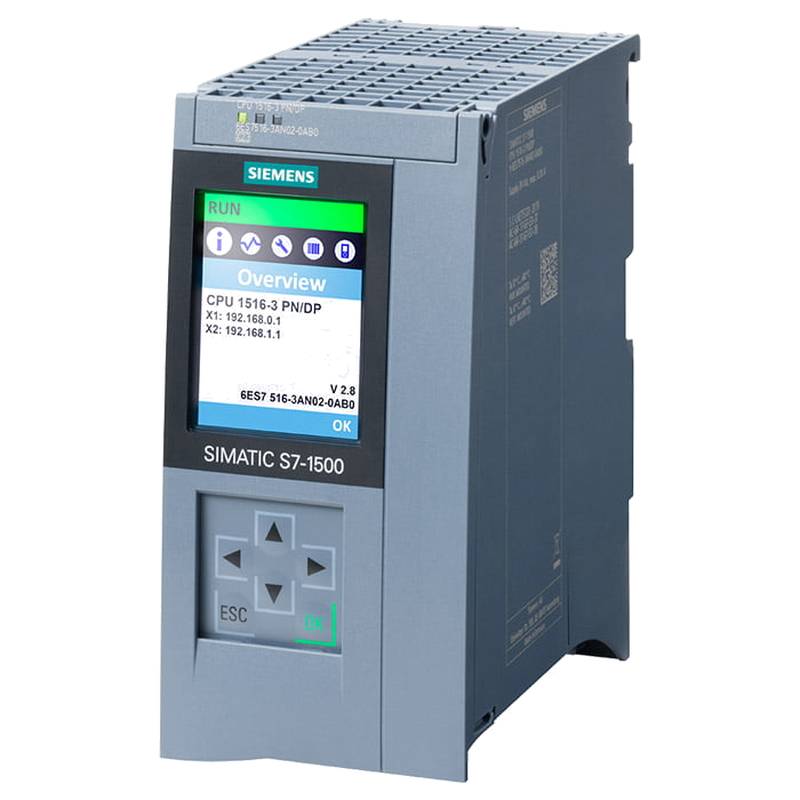
The Siemens 6ES7521-1BL10-0AA0 is a high-performance, high-density 32-channel digital input module designed for demanding industrial automation applications. This module offers superior signal processing capabilities, rapid response times, and robust diagnostic features, making it an ideal choice for complex control systems. Its compact design and extensive channel count per module significantly reduce cabinet space and wiring complexity, contributing to cost savings and enhanced operational efficiency.
Product Specifications
| Specification | Detail |
| :---------------------- | :-------------------------------------------- |
| Module Type | Digital Input Module |
| Number of Channels | 32 |
| Nominal Voltage | 24 V DC |
| Input Current | 8 mA (at 24 V DC) |
| Isolation Voltage | 500 V AC (for channel groups) |
| Response Time | 1 ms (On-state), 3 ms (Off-state) |
| Width | 35 mm |
| Height | 147 mm |
| Depth | 129 mm |
| Operating Temperature | -20 °C to +60 °C |
| Protection Rating | IP20 |
| Compatibility | SIMATIC S7-1500 PLC systems |
Core Features & Market Positioning
The Siemens 6ES7521-1BL10-0AA0 distinguishes itself in the competitive industrial automation market through its exceptional channel density and high-performance characteristics. This module provides 32 digital inputs within a standard S7-1500 form factor, maximizing efficiency and minimizing footprint in control cabinets. Its rapid response time of 1 ms is critical for high-speed applications, ensuring precise data acquisition and control. Furthermore, the integrated diagnostic functions offer real-time insights into signal status and module health, enabling proactive maintenance and reducing downtime. The module's robust design and Siemens' reputation for reliability position it as a premium solution for mission-critical operations.
Key Application Scenarios
This high-density digital input module is exceptionally well-suited for a wide array of industrial sectors where precise and rapid signal acquisition is paramount. In manufacturing, it excels in monitoring numerous machine states, limit switches, and push buttons on complex assembly lines, ensuring seamless production flow. The oil and gas industry benefits from its reliability in hazardous environments for monitoring valves, sensors, and safety interlocks. Furthermore, the logistics and material handling sectors utilize the 6ES7521-1BL10-0AA0 for high-throughput sorting systems and automated warehousing operations requiring quick status updates from numerous conveyors and sensors.
Practical System Integration Guidance
Integrating the Siemens 6ES7521-1BL10-0AA0 into SIMATIC S7-1500 systems is streamlined due to its plug-and-play compatibility. Wiring involves connecting the 24 V DC supply and the 32 digital input signals to the module's front connector. For programming, the module is configured using the TIA Portal software, where input addresses are assigned and diagnostic functions are enabled. The module supports standard signal processing, allowing direct integration into PLC logic for status monitoring and control. Ensure proper grounding and adherence to voltage ratings to maintain system integrity and safety.
Operation and Risk Mitigation
Operating the Siemens 6ES7521-1BL10-0AA0 requires adherence to specified voltage and environmental conditions to prevent module failure. Risk mitigation primarily involves robust wiring practices to avoid short circuits and ensuring proper insulation. Diagnostic features, such as wire-break detection and input voltage monitoring, are crucial for early fault identification. In case of a fault, the module's status LEDs provide immediate visual indication. Referencing the SIMATIC S7-1500 system manual for specific error codes associated with digital input modules will facilitate rapid troubleshooting and minimize operational disruption.
Scalability & Long-Term Value
The Siemens 6ES7521-1BL10-0AA0 offers significant long-term value through its seamless integration within the scalable SIMATIC S7-1500 platform. This compatibility ensures that as automation requirements grow, additional modules or different I/O types can be easily added without system obsolescence. Its high channel density reduces the need for multiple smaller modules, simplifying future expansions and reducing overall hardware costs. Furthermore, its robust design and Siemens' commitment to backward compatibility ensure that investments in this module remain relevant with evolving industrial control strategies, including the integration of IIoT and digital twin technologies.
Frequently Asked Questions
What is the primary function of the Siemens 6ES7521-1BL10-0AA0?
This module serves as a high-density digital input interface. It efficiently collects 32 distinct ON/OFF signals from field devices for processing by a SIMATIC S7-1500 PLC.
Its primary role is to bridge the physical world of switches and sensors with the digital logic of the automation system. This enables the PLC to monitor machine states, user inputs, and various binary conditions in real-time.
The module is designed for demanding industrial environments, ensuring reliable signal acquisition even in challenging conditions. Its high channel count optimizes cabinet space and reduces complex wiring layouts.
How does the 32-channel density benefit an industrial application?
High channel density significantly reduces the physical space required in control cabinets. This allows for more compact and cost-effective system designs.
Fewer modules mean less wiring and fewer connections, leading to reduced installation time, lower material costs, and a simplified maintenance process. This also minimizes potential points of failure.
For applications with numerous binary inputs, such as complex machine control or large process plants, this module offers an economical and efficient solution compared to using multiple lower-density modules.
What are the typical response times for this digital input module?
The Siemens 6ES7521-1BL10-0AA0 offers a very fast ON-state response time of 1 ms. This is critical for high-speed automation tasks requiring immediate signal detection.
The OFF-state response time is rated at 3 ms, ensuring rapid deactivation of input signals when the field device changes state. This precision is vital for accurate control loop performance.
These rapid response times are essential for applications like high-speed packaging machinery, motion control, and safety interlock systems where quick reaction to events is paramount.
Can the Siemens 6ES7521-1BL10-0AA0 be used with other Siemens PLC families?
No, this module is specifically designed for the SIMATIC S7-1500 PLC system. It utilizes the communication protocols and physical interface unique to this platform.
Compatibility is restricted to S7-1500 CPUs and associated backplanes. Using it with older S7-300 or S7-400 systems is not possible without significant system redesign or gateways.
Always ensure that the PLC hardware and software (TIA Portal) versions are compatible with the 6ES7521-1BL10-0AA0 for successful integration and operation.
What diagnostic capabilities does this module offer?
The module provides advanced diagnostics, including signal status monitoring for each channel. It can also detect faults like wire breaks or short circuits on the input lines.
It offers diagnostics for the module itself and the associated input channels, providing detailed information within the TIA Portal software. This aids in quick troubleshooting.
These diagnostics help minimize downtime by enabling predictive maintenance and faster identification of issues in the field, improving overall system reliability.
What is the input voltage range for the 32 channels?
The module operates with a nominal input voltage of 24 V DC. It is designed to accept standard industrial DC signals within a defined tolerance.
The typical input current drawn by each channel at the nominal voltage is 8 mA. This ensures efficient power utilization across all 32 inputs.
Exceeding the specified voltage range can lead to module damage. Always verify that connected field devices operate within the 24 V DC nominal range.
How is the Siemens 6ES7521-1BL10-0AA0 wired for installation?
Wiring involves connecting the 24 V DC power supply to the module's power terminals and then connecting the 32 digital signals from field devices to the corresponding input terminals on the front connector.
Siemens typically provides detailed wiring diagrams in the product manual. Proper grounding of the module and shielded cables for signal integrity are essential.
It is crucial to follow the pin assignments precisely as indicated in the TIA Portal configuration and the module's documentation to ensure correct signal mapping.
What is the significance of the 500 V AC isolation voltage?
The 500 V AC isolation voltage provides electrical separation between different groups of input channels and between the channels and the PLC backplane. This enhances safety and protects sensitive PLC components.
This isolation prevents ground loops and suppresses electrical noise, ensuring cleaner signal transmission and reducing the risk of interference affecting control logic.
It also offers a degree of protection against voltage surges or faults in the field wiring, safeguarding the PLC and connected equipment from damage.
How does this module contribute to Industry 4.0 initiatives?
Its high density and robust diagnostics provide the granular data necessary for advanced analytics and IIoT integration. This enables better process optimization and predictive maintenance strategies.
By offering a reliable digital input foundation, it supports the collection of real-time operational data required for smart manufacturing environments and digital twins.
The module's compatibility with the S7-1500 platform, which is designed for modern automation, ensures it aligns with future trends in connected industrial systems.
What programming considerations are there for the 6ES7521-1BL10-0AA0?
Configuration and programming are handled within Siemens' TIA Portal software. Users assign input addresses and configure diagnostic parameters for each channel.
The input data is accessed as a byte or word within the PLC's memory image, allowing for straightforward integration into ladder logic, function block diagrams, or structured text.
Advanced configuration options include setting debouncing times and enabling specific diagnostic interrupt triggers for fault-sensitive applications.

















